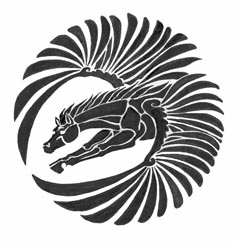Fifteen years ago today — July 4, 1997 — Mars Pathfinder, which launched in December 1996, landed on Mars.

(“Twin Peaks” imaged by Mars Pathfinder. NASA image.)
Mars Pathfinder consisted of a lander, named the Carl Sagan Memorial Station after touchdown, and the Sojourner rover.
From landing until the final data transmission on September 27, 1997, Mars Pathfinder returned 2.3 billion bits of information, including more than 16,500 images from the lander and 550 images from the rover, as well as more than 15 chemical analyses of rocks and soil and extensive data on winds and other weather factors. Findings from the investigations carried out by scientific instruments on both the lander and the rover suggest that Mars was at one time in its past warm and wet, with water existing in its liquid state and a thicker atmosphere.

















